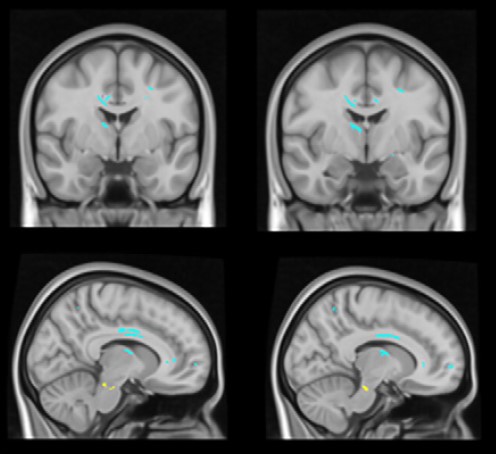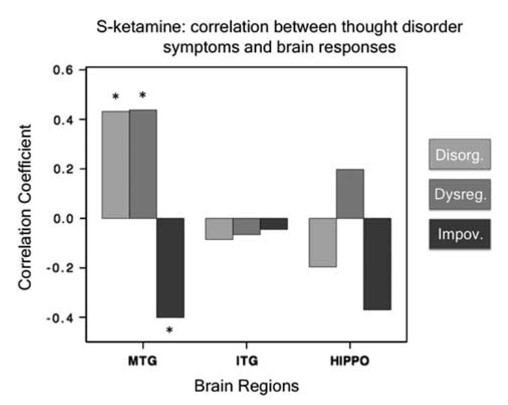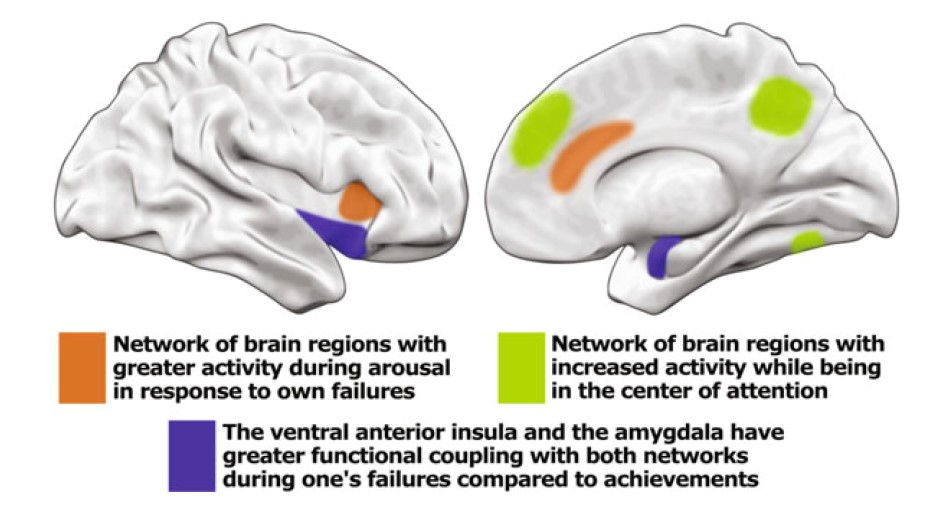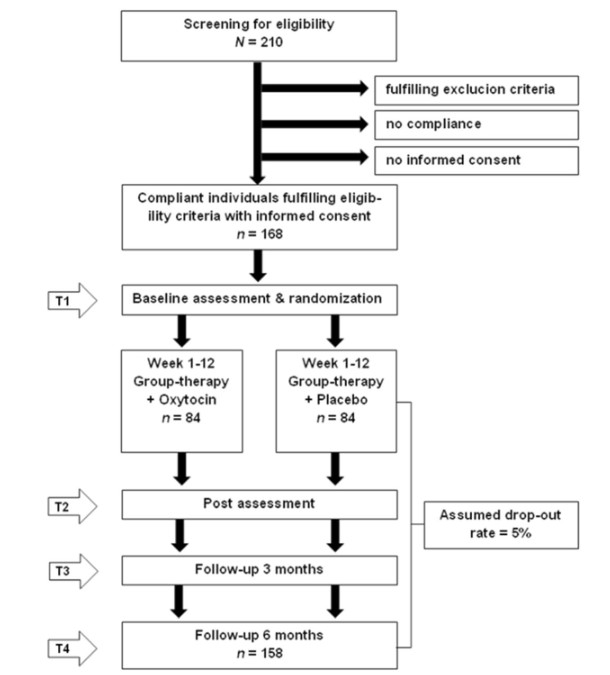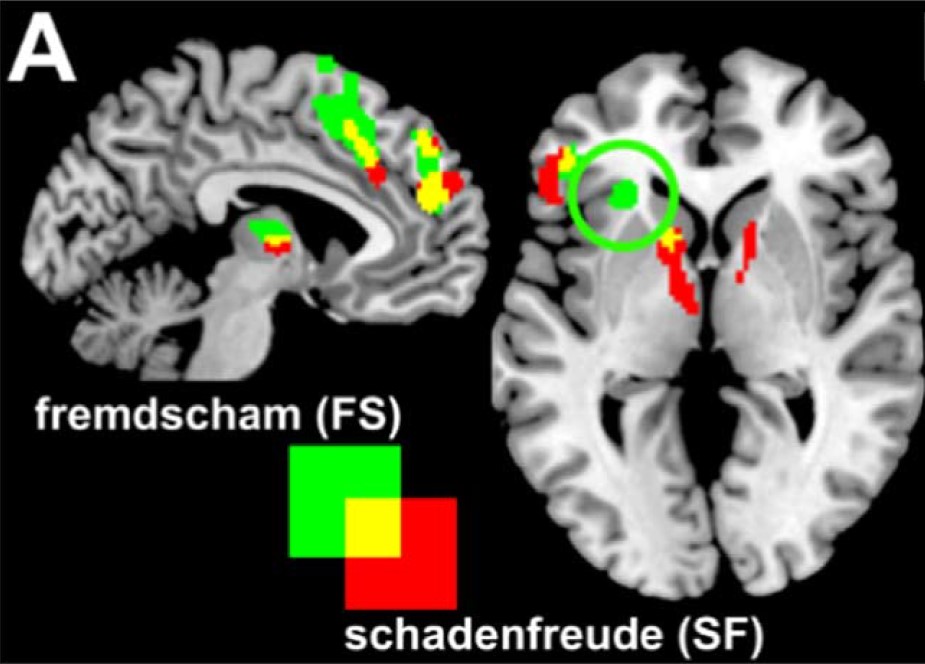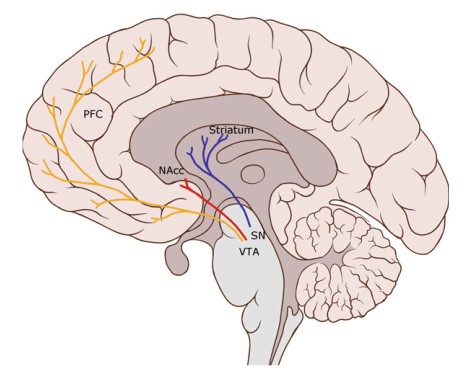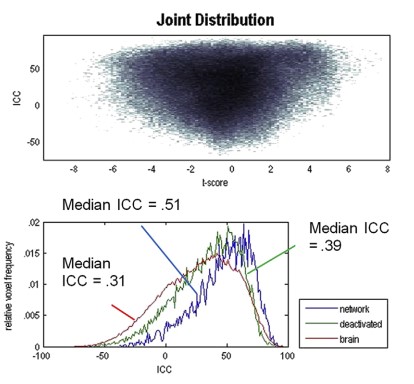Sleep to be social: The critical role of sleep and memory for social interaction
Abstract Humans are highly social animals who critically need to remember information from social episodes in order to successfully navigate future social interactions. We propose that such episodic memories about social encounters are processed during sleep, following the learning experience, with sleep abstracting and consolidating social gist knowledge (e.g., beliefs, first impressions, or stereotypes) about […]
Sleep to be social: The critical role of sleep and memory for social interaction Read More »

